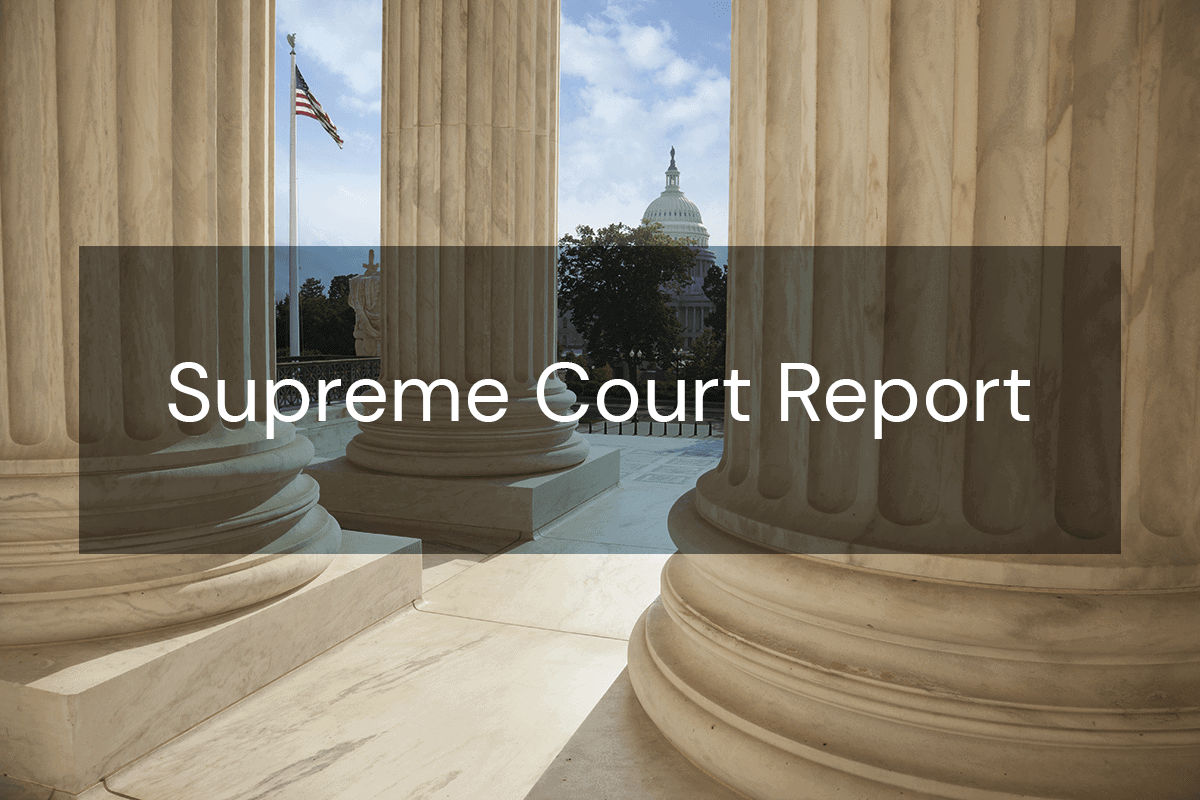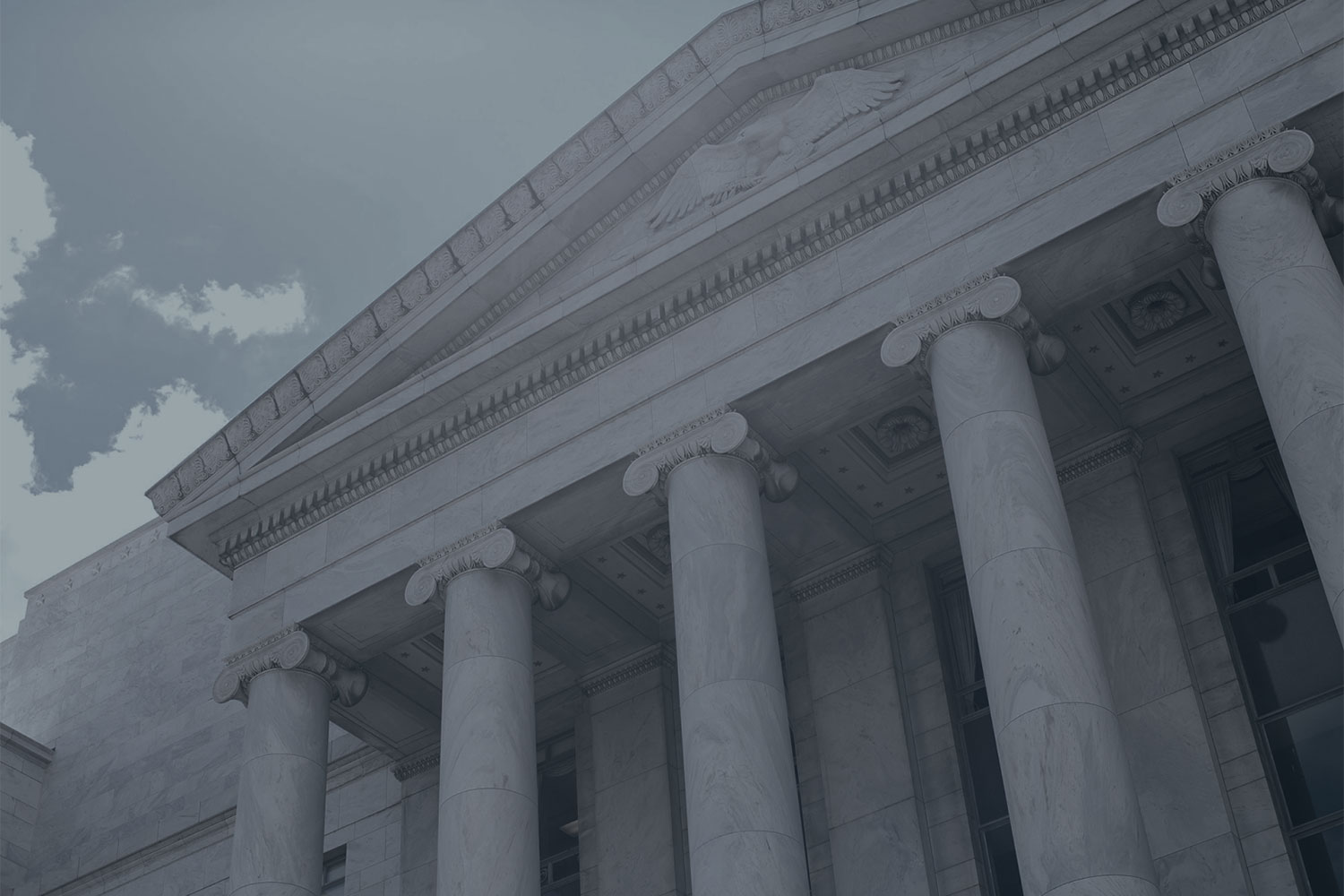-
 Director, Center for Supreme Court AdvocacyNational Association of Attorneys General
Director, Center for Supreme Court AdvocacyNational Association of Attorneys General

Opinion: Biden v. Missouri, 21A240
Biden v. Missouri, 21A240. In a 5-4 opinion, the Court stayed preliminary injunctions granted by district courts against the vaccine mandate issued by the Secretary of Health and Human Services, through the Centers for Medicare and Medicaid Services, thereby allowing the mandate to go into effect. The CMS mandate requires “that, in order to receive Medicare and Medicaid funding, participating facilities must ensure that their staff—unless exempt for medical or religious reasons—are vaccinated against COVID-19.”
The Secretary administers the Medicare and Medicaid programs and accordingly “has general statutory authority to promulgate regulations ‘as may be necessary to the efficient administration of the functions with which [he] is charged.’” 42 U.S.C. §1302(a). Because “the [Secretary’s] most basic function . . . is to ensure that the healthcare providers who care for Medicare and Medicaid patients protect their patients’ health and safety,” Congress has “authorized the Secretary to promulgate, as a condition of a facility’s participation in the programs, such ‘requirements as [he] finds necessary in the interest of the health and safety of individuals who are furnished services in the institution.’” 42 U. S. C. §1395x(e)(9). Relying on this authority, on November 5, 2021, the Secretary issued the CMS vaccine mandate as an amendment to “the existing conditions of participation in Medicare and Medicaid.” The Secretary determined “that vaccination of healthcare workers against COVID-19 was ‘necessary for the health and safety of individuals to whom care and services are furnished,’” because in some facilities “35% or more of staff remain unvaccinated”; “the COVID-19 virus can spread rapidly among healthcare workers and from them to patients,” and the “spread is more likely when healthcare workers are unvaccinated”; and transmission of the virus to Medicare and Medicaid patients “is particularly dangerous.” The Secretary also concluded “that ‘fear of exposure’ to the virus ‘from unvaccinated health care staff can lead patients to themselves forgo seeking medically necessary care’” and that “staffing shortages caused by COVID-19-related exposures or illnesses has disrupted patient care.” Because “any ‘further delay’ would endanger patient health and safety given the spread of the Delta variant and the upcoming winter season,” the Secretary found “good cause” to issue the CMS mandate as an interim final rule, “rather than through the typical notice-and-comment procedures.” In suits brought by two groups of states, “one led by Louisiana and one by Missouri,” district courts “found the rule defective and entered preliminary injunctions against its enforcement.” After the Fifth and Eighth Circuits denied the Government’s requests for stays of the injunctions, the Government asked the Court to stay those injunctions. Through a per curiam opinion, the Court did so.
Unlike with the OSHA vaccine mandate, the Court held “that the Secretary did not exceed his statutory authority in requiring that, in order to remain eligible for Medicare and Medicaid dollars, the facilities covered by the interim final rule must ensure that their employees be vaccinated against COVID-19.” In the Court’s view, the rule “fits neatly within the language of the statute” authorizing the Secretary to promulgate regulations for the health and safety of program recipients. Rejecting a narrower understanding of the statutes, the Court observed that “healthcare facilities that wish to participate in Medicare and Medicaid have always been obligated to satisfy a host of conditions that address the safe and effective provision of healthcare, not simply sound accounting.” “Moreover,” said the Court, “the Secretary routinely imposes conditions of participation that relate to the qualifications and duties of healthcare workers themselves,” demonstrating that his “role in administering Medicare and Medicaid goes far beyond that of a mere bookkeeper.” Although “the vaccine mandate goes further than what the Secretary has done in the past to implement infection control,” the Secretary “has never had to address an infection problem of this scale and scope before.” The Court also observed that “[v]accination requirements are a common feature of the provision of healthcare in America,” which “is perhaps why healthcare workers and public-health organizations overwhelmingly support the Secretary’s rule.”
Lastly, the Court rejected several other challenges to the rule. First, the Secretary considered the relevant available data, including the fact that it might cause staff shortages at rural hospitals, so the rule did not run afoul of the arbitrary-and-capricious standard. Second, the Secretary had “good cause” to issue the interim final rule and skip the ordinary notice-and-comment process owing to the then-upcoming “winter flu season”; and the two-month delay was not “inconsistent with the Secretary’s finding of good cause.” Third, the Secretary could fulfill his obligation under 42 U.S.C. §1395z to consult with the states by performing that “consultation during the deferred notice-and-comment period.” And fourth, the rule does not violate “the directive in §1395 that federal officials may not” manage the day-to-day operations and personnel decisions of participating facilities because such a reading “would mean that nearly every condition of participation the Secretary has long insisted upon is unlawful.”
Justice Thomas filed a dissenting opinion, which Justices Alito, Gorsuch, and Barrett joined. Justice Thomas argued that the Secretary did not have statutory authority to issue a rule that “has effectively mandated vaccination for 10 million healthcare workers.” Justice Thomas first asserted that the “hodgepodge of provisions” relied on by the Secretary—which includes “definitional provisions, a saving clause, and a provision regarding long-term care facilities’ sanitation procedures”—does not confer on the Government “virtually unlimited vaccination power over millions of healthcare workers.” He went on to explain that even if he “were to accept that Congress could have hidden vaccine-mandate power in statutory definitions, the language in these ‘health and safety’ provisions does not suggest that Congress did so” because the “catchall provision” in 42 U.S.C. §1395x(e)(9) “embraces only administrative requirements like those that precede it,” not “[a] requirement that all healthcare workers be vaccinated,” which “is plainly different in kind.” In short, “[i]f Congress had wanted to grant CMS authority to impose a nationwide vaccine mandate, and consequently alter the state-federal balance, it would have said so clearly. It did not.”
Justice Alito also penned a dissent, joined by Justices Thomas, Gorsuch, and Barrett. Justice Alito argued that “even if the Federal Government has the authority to require the vaccination of healthcare workers, it did not have the authority to impose that requirement in the way it did.” In Justice Alito’s view, the Government failed to establish “good cause” for skipping the traditional notice-and-comment process because it offered only a “generalized justification” and waited until 10 months after vaccines became “widely available” and two months after “President Biden announced the CMS mandate” to issue the interim final rule. “Neither CMS nor the Court,” said Justice Alito, “articulates a limiting principle for why, after an unexplained and unjustified delay, an agency can regulate first and listen later, and then put more than 10 million healthcare workers to the choice of their jobs or an irreversible medical treatment.” In short, because of the Court’s approach to the good-cause inquiry for foregoing traditional notice-and-comment rulemaking, Justice Alito maintained that “this ruling has an importance that extends beyond the confines of these cases” that “will ripple through administrative agencies’ future decisionmaking” and “have a lasting effect on Executive Branch behavior.”
[Editor’s note: Some of the language in the background section of the summary above was taken from the petition for writ of certiorari and brief in opposition.]



